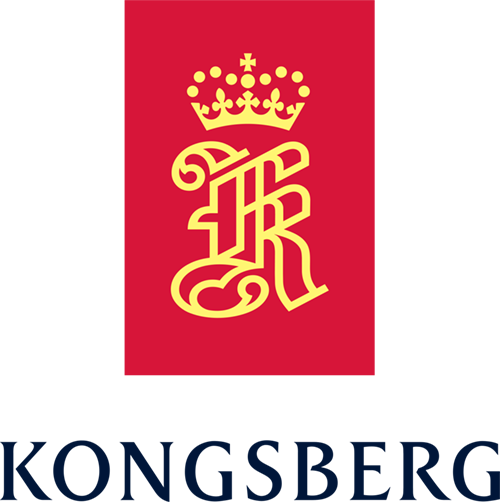Kongsberg Maritime gets AiP by DNV to move Chief Engineer to ROC

Kongsberg Maritime has received Approval in Principle from classification society DNV to enable a key role to be transferred from a ship to a shore-based control centre, marking a significant step in the journey towards uncrewed vessel operations.
The move will enable the role of Chief Engineer to be located in a Remote Operations Centre (ROC), where the duties can be carried out from a desk-based workstation, instead of onboard a vessel.
From the workstation, the Chief Engineer will be able to monitor and control systems including the Power Management System, ballast water system and deck machinery on three vessels. They are the world’s first fully electric container vessel Yara Birkeland; and a pair of electric barges operated by Norwegian grocery retailer ASKO, named Marit and Therese.
Full approval for what’s known as ‘Chief-to-Shore’ functionality is expected to be granted later this year, once a period of testing has taken place, overseen by DNV and the Norwegian Maritime Authority. It is a step that can help address the industry-wide shortage of seafarers and make vessel operations safer and more efficient.
? Pål André Eriksen, Kongsberg Maritime, SVP Remote & Autonomous Solutions, said: “The journey towards autonomous, and uncrewed operation of vessels is defined by a set of increments. To get there, we must take each step in-turn and prove the functionality and value before moving to the next. The role of Chief Engineer is one which already involves a lot of monitoring of automation and control systems on board. For this trial, moving this functionality to the shore-based ROC will see one person now managing a range of systems across three vessels, rather than one.
? “This is a significant and exciting realisation, and we’re pleased to have received Approval in Principle from DNV. There has been great collaboration from Yara, ASKO, DNV and the Norwegian Maritime Authority, to enable this functionality to be switched from ship to shore, and we look forward to testing this latest innovative approach to transforming vessel operations.”
? “Developing new vessel systems that will support autonomous and remote operation of vessels is a challenging task, and we are happy that Kongsberg Maritime has decided team up with DNV to ensure that safety of the new solution is thoroughly verified,” says DNV Head of Section Digital Ship Systems, Jarle Coll Blomhoff. “Remote machinery support is a first natural step on the path to autonomy as the engineering functions onboard a vessel are in many ways already automated. We believe this is a key step for Kongsberg Maritime’s pathway to fully autonomous vessels, but also a technology that could contribute to a safer and more efficient world fleet by providing remote support for maintenance, troubleshooting as well as expertise on new alternative fuels that may be hard to get onboard every vessel.”
Testing will be conducted this summer and will involve the shore-based technician managing a number of tasks on three vessels, all managed remotely from shore. From the ROC, an ‘aggregated view’ of the three vessels will be visible at all times, and if an issue arises or an intervention is required on one of the vessels, the system will manually switch to ‘high attention mode’ focussing operator attention where support is needed.
Alongside the Chief Engineer, other crew members, such as the Master and Navigator, will remain on the vessels throughout the tests, and in constant contact through radio and CCTV connections, until full approval of the Chief-to-Shore functionality has been granted.
During the qualification process Kongsberg Maritime will be following DNV’s class guidelines for Autonmous and Remotely Operated Ships (DNV-CG-0294) and Remote Engineering Monitoring and Control Systems (REMC), prior to full approval being granted.
The ROC in Horten, Norway, is a facility manged by Massterly, a joint venture between Kongsberg Maritime and Wilhelmsen. The ROC is currently at the forefront of pioneering new methods of operation for vessels equipped with remote and autonomous vessels and was recently expanded to five workstations to meet customer demand.
?? Source : Kongsberg Maritime
Recent updates
BlackSea Technologies introduces Modular Attack Surface Craft USV Family
ACUA Ocean builds second Pioneer-class USV
Nordic USV to acquire two more HydroSurv's USVs
Subsea Europe Services enters USV market with the C-RECON 13-ES
US NOAA: National Oceanic & Atmospheric Administration deploys Oshen's USVs for hurricane research
Exail secures sale of DriX H-9 long-range Uncrewed Surface Vessel
Reach Subsea’s USV Reach Remote 2 sets sail for Australia
PBO Marine starts building solar and wind powered Sail Machines USV
Saronic and American Bureau of Shipping announce partnership

